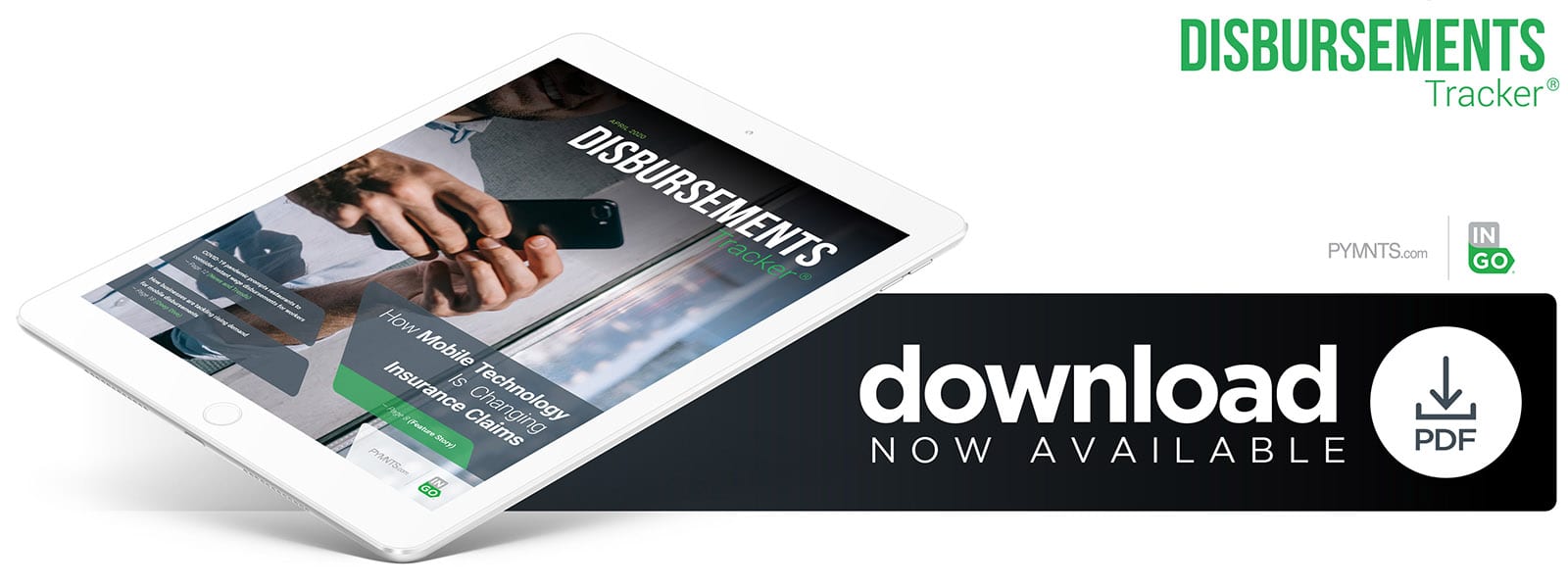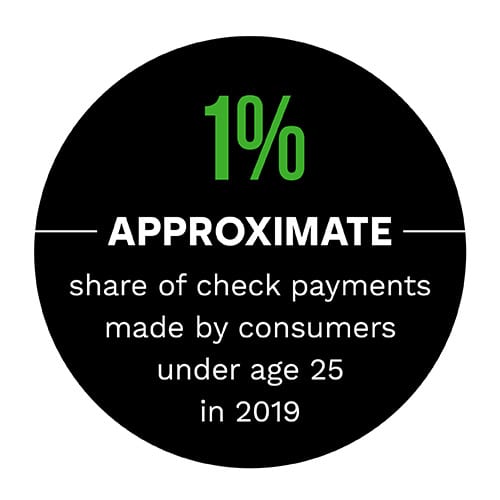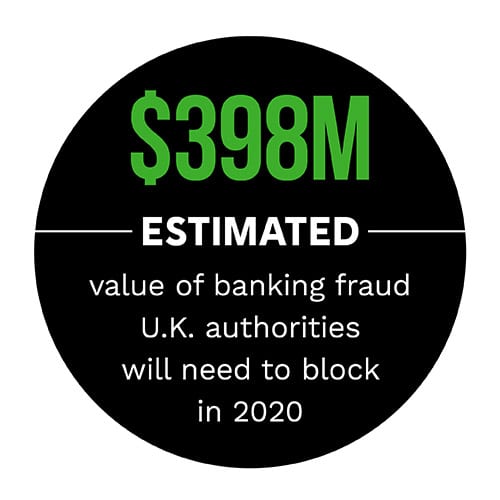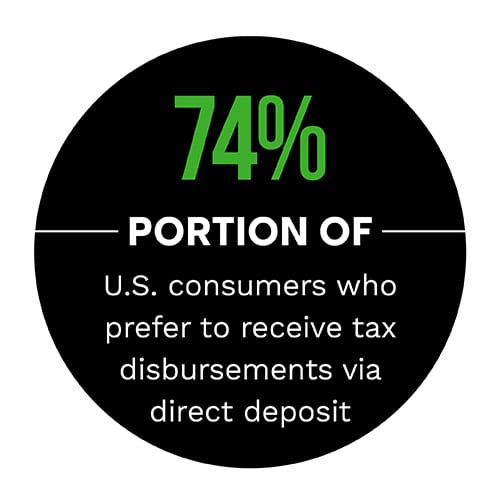Trōv: Why Insurers Still Cling To The Paper Check

 The global spread of the new coronavirus has had a wide and varied impact on the way that both consumers and businesses think about transacting with each other as well as government or financial entities.
The global spread of the new coronavirus has had a wide and varied impact on the way that both consumers and businesses think about transacting with each other as well as government or financial entities.
Financial concerns caused by the temporary closures of many businesses as well as rising health concerns are leading many to request funds they have been waiting for — including rebates, insurance claims or government payments — as quickly and as easily as possible. This is something that is noticeably difficult when many of these entities in the United States, for instance, still rely on checks as the go-to disbursements default. The need for faster disbursements during this time could thus have a dramatic effect on the rate of digital and mobile payment tool uptake.
 In the latest Disbursements Tracker®, PYMNTS examines the impact of COVID-19 upon disbursements and payments, how businesses and government bodies are responding to the increased need for faster payments and rising fraud and security concerns in this space.
In the latest Disbursements Tracker®, PYMNTS examines the impact of COVID-19 upon disbursements and payments, how businesses and government bodies are responding to the increased need for faster payments and rising fraud and security concerns in this space.
Around The Disbursements World
The U.S. government faces several challenges due to this pandemic as the closure of more businesses and rising rates of unemployment lead to financial concerns for many citizens. The government has passed a federal stimulus bill to help ease this financial pain, but must now figure out ways to disburse the allocated funds to consumers who are waiting on them to pay their bills, buy food and pay utilities during this time of crisis. Even direct deposit has problems as a nationwide disbursement method, as government officials have found, and they will likely need to continue to explore alternative disbursement options.
Small- to mid-sized businesses (SMBs) have been hit especially hit by COVID-19, as they reel from shrinking budgets and rising costs to stay in operation. Organizations such as the U.S. Small Business Administration are seeking ways to lighten this burden, by setting up call centers to answer businesses’ concerns — centers that are now receiving upwards of 30,000 calls per day. The SBA is also responsible for disbursing a $350 billion loan program for the country’s SMBs. Businesses can apply for these loans via the SBA’s online portal.
 The U.S. government has made additional changes to help both businesses and consumers deal with the strains of COVID-19, by extending the deadline to file taxes to July 15. Fraudsters are moving in to take advantage of tax confusion and consumer stress, however. Tax scams are still occurring over both phone and email as prime channels, with 21 percent of such scams occurring over the phone. Consumers may be more willing to answer calls from strange or unknown numbers during the pandemic, increasing the risk of fraud or security breaches. Consumers must be sure to keep up their guard, especially younger generations, who might be particularly vulnerable and unaware to these types of scams.
The U.S. government has made additional changes to help both businesses and consumers deal with the strains of COVID-19, by extending the deadline to file taxes to July 15. Fraudsters are moving in to take advantage of tax confusion and consumer stress, however. Tax scams are still occurring over both phone and email as prime channels, with 21 percent of such scams occurring over the phone. Consumers may be more willing to answer calls from strange or unknown numbers during the pandemic, increasing the risk of fraud or security breaches. Consumers must be sure to keep up their guard, especially younger generations, who might be particularly vulnerable and unaware to these types of scams.
To learn more about this and other news items in the space, visit the Tracker’s News & Trends section.
Trōv Details Mobile Disbursement Barriers
Smartphone penetration is growing worldwide, with 45 percent of global consumers now owning smartphones, and using them to interact with their banks or insurers. Many insurers have yet to integrate support for mobile disbursements, however, despite the growing interest among consumers. Insurers still have a few friction points to confront before they will be fully ready and able to adopt mobile disbursements, according to Michele Schmitt, senior product manager for insurance technology provider Trōv in a recent interview with PYMNTS. To learn more about the challenges of mobile disbursements for insurers, visit the Tracker’s Feature Story.
Businesses Struggle To Meet The Rising Demand For Mobile Disbursements
 Mobile disbursements remain an attractive proposition to many consumers within the U.S. and other countries, despite its slow adoption by businesses. This is especially the case in areas where smartphones are becoming not only more popular, but the main way many individuals are transacting and communicating with businesses, banks or government entities. Yet, mobile disbursements are still difficult for businesses to adopt, both due to cost as well as security concerns that may prevent smaller entities from integrating them into their platforms. To learn more about the growing attractions as well as the friction points of mobile disbursements, visit the Tracker’s Deep Dive.
Mobile disbursements remain an attractive proposition to many consumers within the U.S. and other countries, despite its slow adoption by businesses. This is especially the case in areas where smartphones are becoming not only more popular, but the main way many individuals are transacting and communicating with businesses, banks or government entities. Yet, mobile disbursements are still difficult for businesses to adopt, both due to cost as well as security concerns that may prevent smaller entities from integrating them into their platforms. To learn more about the growing attractions as well as the friction points of mobile disbursements, visit the Tracker’s Deep Dive.
About the Tracker
The PYMNTS Disbursements Tracker®, powered by Ingo Money, is the go-to monthly resource for staying up to date on the trends and changes in the digital disbursements space.